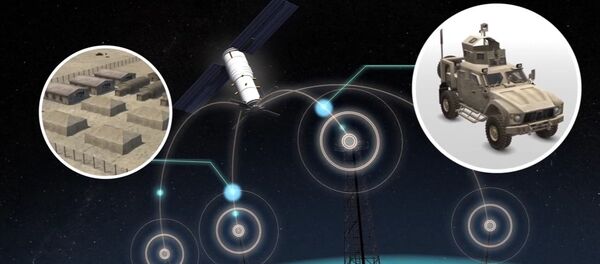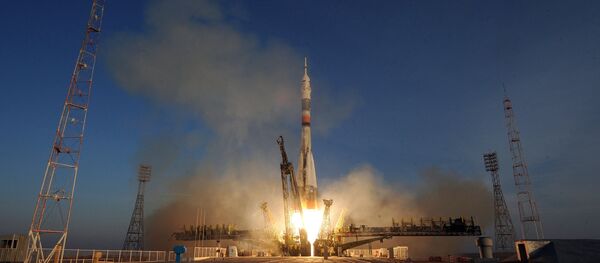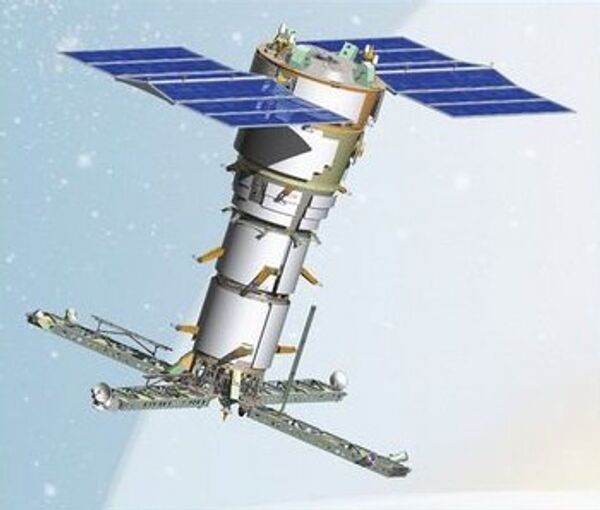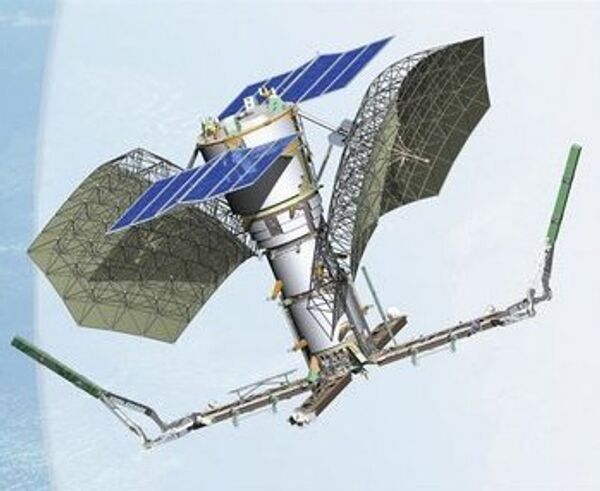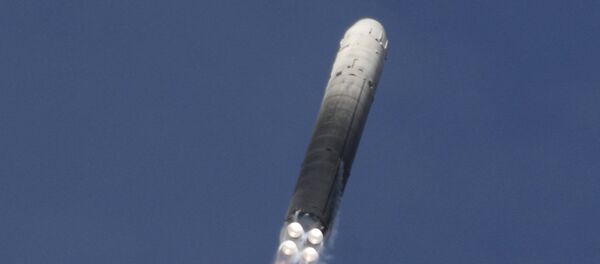The Liana network will locate ground-level radio signal emissions from both stationary and moving objects of various size, from ground and sea-based installations to enemy vehicles and vessels. According to military experts, the system's Lotos-S satellites will be tasked with ground surveillance, while Pion-NKS satellites will be charged with monitoring the seas.
Liana is the second-generation Russian system for space-based surveillance and targeting. Work on the project began in the early 1990s, shortly after the collapse of the Soviet Union. The Soviet predecessor to Liana was the Legenda, system built during the Cold War which used a network of US-P Signals Intelligence (SIGINT) and US-A ELINT satellites. That system was designed as a reconnaissance and targeting system for Soviet nuclear and anti-ship cruise missiles targeting US and NATO carrier groups and fleets.
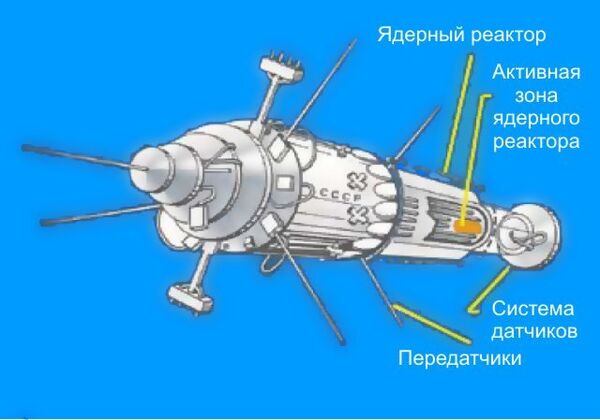
The Legenda satellites' use of nuclear reactors sparked controversy in the late 1970s, after a US-A satellite failed to boost into orbit, reentering the Earth's atmosphere and leaving a trail of radioactive debris over uninhabited areas of Canada's Northwest Territories. This incident and other problems resulted in intensive efforts to improve the satellites' reliability. Over the system's lifetime, 42 US-A and US-P satellites were launched, the last one in the mid-2000s. The system was taken offline in 2007.
The first Lotos-S to be launched faced numerous design problems and bugs which prevented it from functioning properly. Eventually the issues were resolved and a second Lotus-S was launched in 2014. During the same period, two Pion-NKS ELINT satellites were also launched.
Compared to its predecessor, the Liana satellites' design includes a higher working orbit (which was only 250 km for Legenda, but 1,000 km for Liana). This means an expanded scanning range, and improved lifespan. The new satellites also use solar panels instead of nuclear reactors. This became possible thanks to improvements in photovoltaic cell technology, and reduced power consumption of the system's onboard computers.
The Lotus-S also has one important capability that its US-A predecessor didn't: the ability to listen in on communications sent by enemy ships and vehicles, including communications using closed channels. This is possible thanks to the satellite's highly sensitive equipment, along its onboard signal-processing equipment.
The Pion-NKS also has an improved resolution compared to its predecessor, and features high efficiency radars.
Earlier this year, an unnamed military source speaking to Russia's Izvestia newspaper said that the Liana network is also being designed to monitor the location and movement of submarines located in sea zones near Russia's coastline. For this purpose, there are plans, the source said, to create a network of active and passive sonar components installed on anchors near the coast. These systems would collect data before transferring it to the Liana constellation, which would then retransmit the information to the control network for monitoring and possible targeting.
The complete constellation of Liana satellites is expected to come online later this year. Military experts believe that between 6-8 satellites are necessary to monitor the Earth's surface in its entirety. The military remains hush-hush about the exact number necessary.


